Premium Only Content
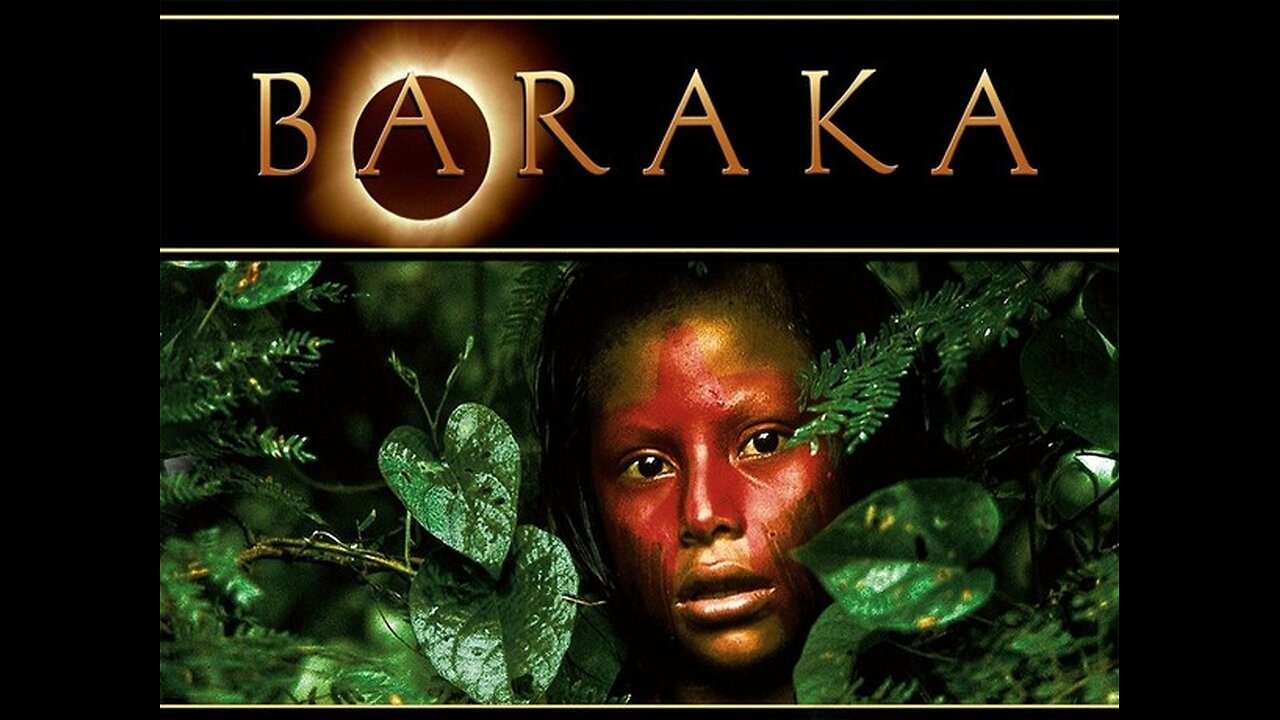
Baraka (1992)
"Baraka" is a non-narrative documentary film that delves into themes of nature, life, human activities, and technological phenomena through a visual journey across 24 countries on six continents, filmed over a 14-month period. The film is named after the Islamic concept of "baraka," meaning blessing, or "Baruch" in Hebrew, signifying essence or breath.
Directed by Ron Fricke, "Baraka" is a follow-up to Godfrey Reggio's similar non-verbal documentary "Koyaanisqatsi." Fricke, who was the cinematographer for "Koyaanisqatsi," further refined and expanded the photographic techniques used in that film. Shot in 70 mm, "Baraka" employs a variety of photographic styles, including slow motion and time-lapse, using two camera systems: a Todd-AO system for conventional frame rates and a custom-built camera for time-lapse sequences with controlled movements.
The film features diverse locations such as the Church of the Holy Sepulchre in Jerusalem, the Ryōan temple in Kyoto, Lake Natron in Tanzania, burning oil fields in Kuwait, an active volcano, a busy subway terminal, the aircraft boneyard of Davis–Monthan Air Force Base, tribal celebrations of the Maasai in Kenya, and chanting monks in the Dip Tse Chok Ling monastery. It also includes long tracking shots through significant historical sites like Auschwitz and Tuol Sleng, offering a universal cultural perspective.
-
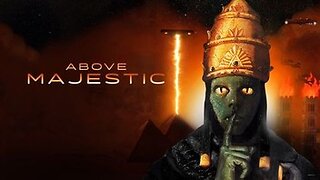 2:12:36
2:12:36
22 Lions Films
6 months agoAbove Majestic
286 -
 59:34
59:34
Nikko Ortiz
1 hour agoPainful Military Fails
4.83K -
 LIVE
LIVE
LFA TV
5 hours agoLFA TV ALL DAY STREAM - WEDNESDAY 9/3/25
4,609 watching -
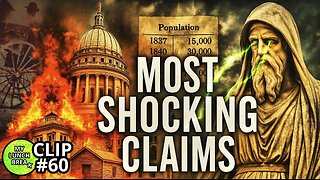 LIVE
LIVE
MYLUNCHBREAK CHANNEL PAGE
2 hours agoHistory’s Most SHOCKING Claims?
559 watching -
 LIVE
LIVE
Caleb Hammer
3 hours agoThe First LGBT Divorce On Financial Audit
106 watching -
 DVR
DVR
Badlands Media
2 hours agoBadlands Daily: September 3, 2025 (#2)
15.8K1 -
 LIVE
LIVE
Jim Jordan
2 hours agoEurope’s Threat to American Speech and Innovation
448 watching -
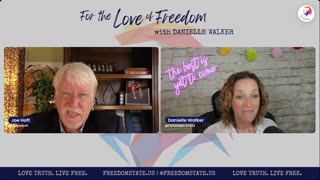 DVR
DVR
The State of Freedom
6 hours agoFLF: #16 Delivering the Truth Comes at a Cost w/ Joe Hoft
2.18K -
 31:01
31:01
Rethinking the Dollar
1 hour agoWe're In A NEW Monetary Reality! Xi & Putin Knows How This ENDS | Morning Check-In: Let's Talk...
5.97K -
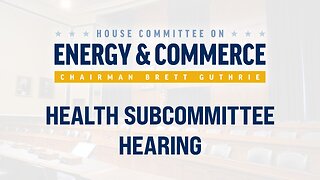 LIVE
LIVE
House Committee on Energy and Commerce
3 hours agoExamining Opportunities to Advance American Health Care through the Use of AI Technologies
19 watching